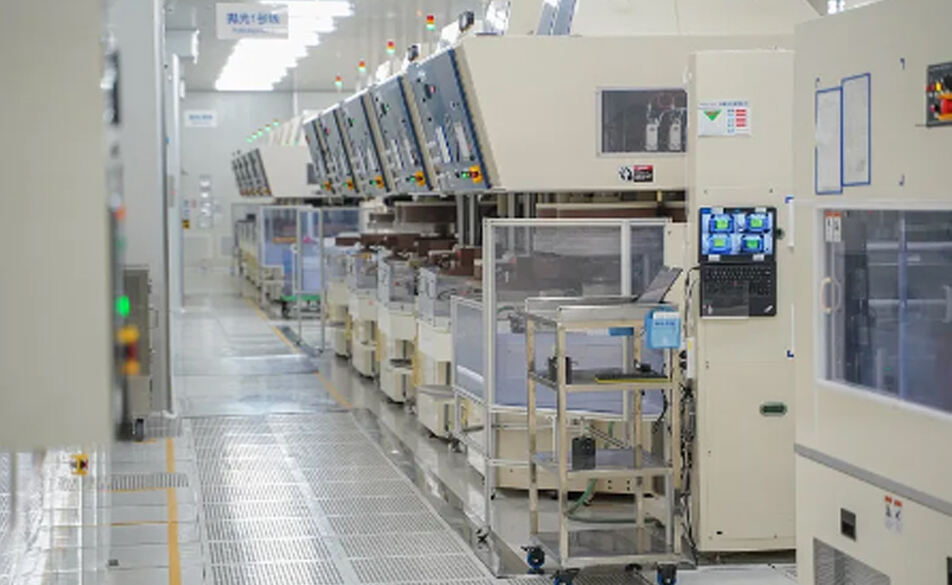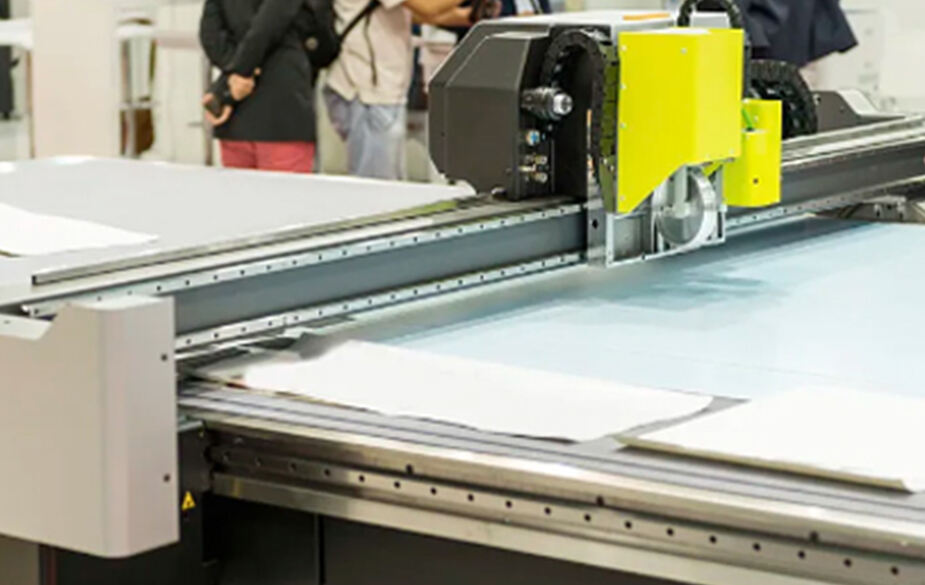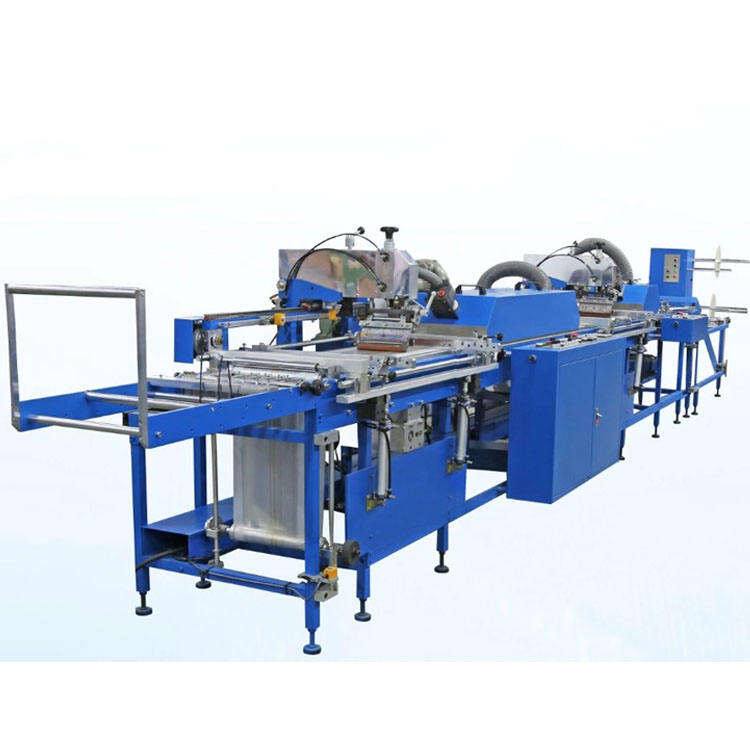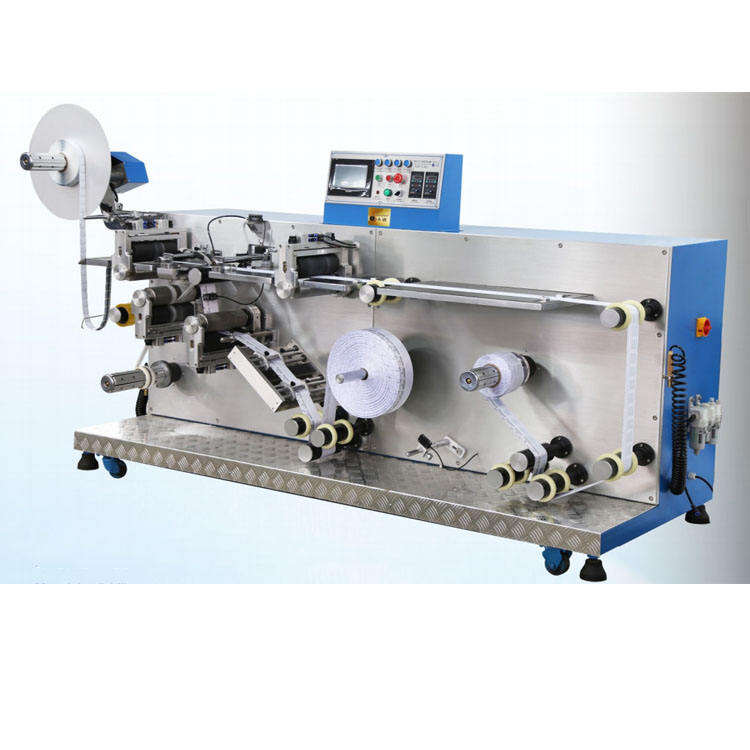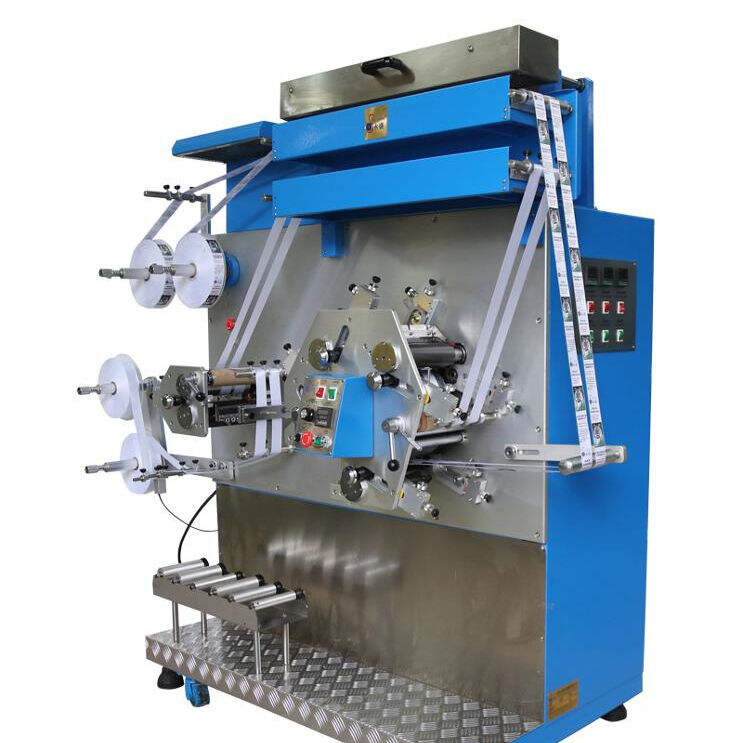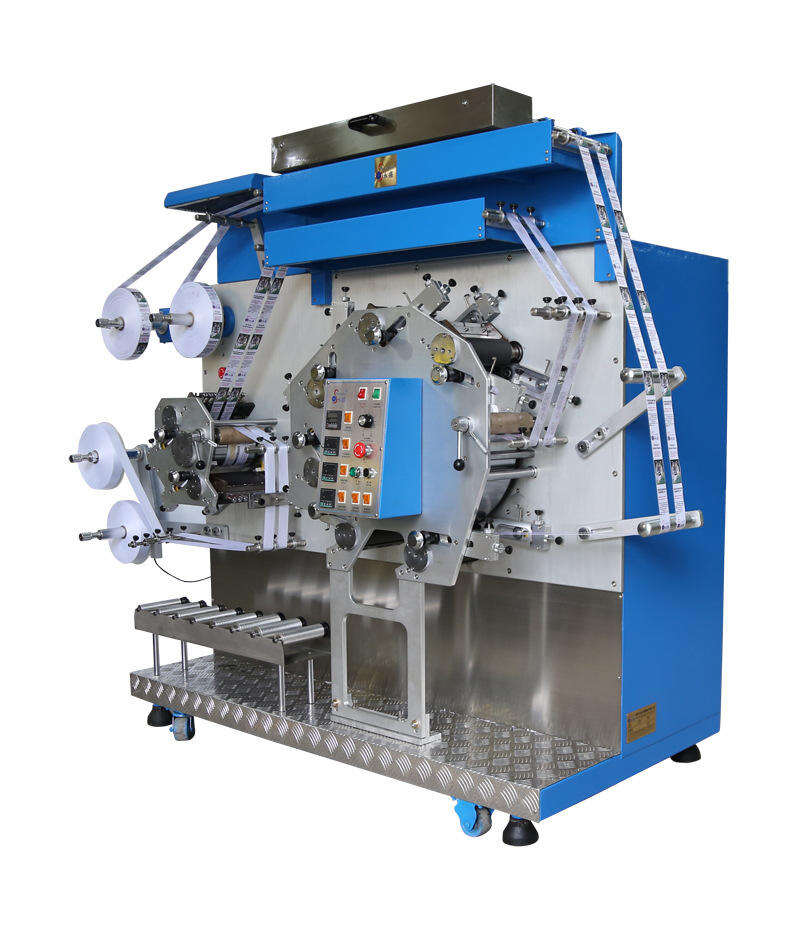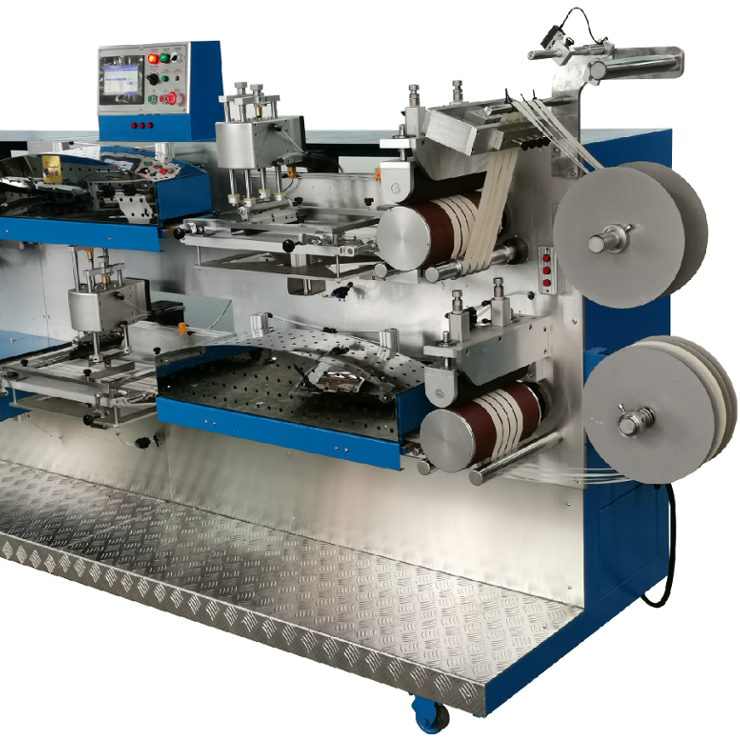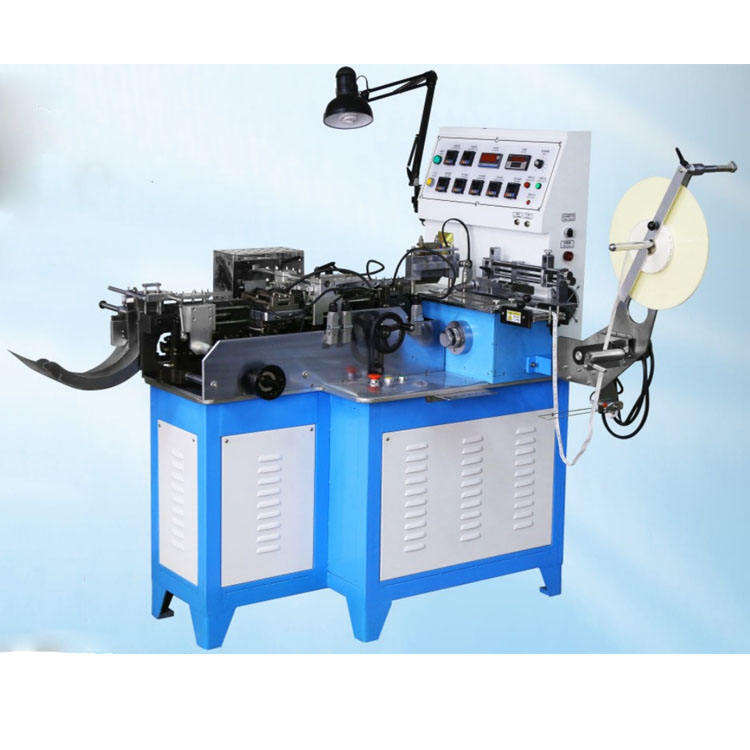Revolutionizing Publishing: The Rise of Digital Printing Presses
The evolution of printing technology has been pivotal in the dissemination of knowledge and culture. From the Gutenberg press to modern digital printers, each advancement has brought about significant changes in how we produce and consume printed materials. This case study examines the impact of digital printing presses on the publishing industry, highlighting the technological advancements, market effects, and challenges faced by stakeholders.
Traditional offset printing has been the mainstay of the publishing industry for decades. It involves creating plates, which are then used to transfer ink onto paper. This process is cost-effective for large print runs but becomes prohibitively expensive for smaller quantities due to the initial setup costs.
Technological Advancements Digital printing presses have revolutionized the industry by eliminating the need for plates, allowing for direct printing from digital files. This has resulted in several benefits:
Reduced Setup Time and Costs: Digital presses can switch between jobs quickly without the need for new plates, significantly reducing setup times and costs.
Flexibility and Customization: Publishers can easily customize prints, making it feasible to offer personalized books or limited editions.
Print on Demand: With digital printing, publishers can print copies as needed, reducing inventory costs and waste.
Market Impact The advent of digital printing has democratized the publishing industry. Small publishers and self-publishing authors now have access to affordable printing options, enabling them to compete with larger publishing houses. Digital printing has also facilitated the growth of niche markets, catering to specific interests and communities.
A notable success story is that of a small publishing house that leveraged digital printing to expand its market share. By offering print-on-demand services, they were able to provide a diverse range of titles without the risk of unsold inventory. They also utilized digital printing to offer personalized children’s books, which became a bestseller during the holiday season.
Despite the advantages, digital printing presents challenges. The initial investment in digital printing equipment can be substantial, and the technology requires skilled operators. Moreover, the quality of digital prints has historically lagged behind that of offset prints, although this gap is closing with newer machines.

 EN
EN
 AR
AR
 CS
CS
 DA
DA
 NL
NL
 FI
FI
 FR
FR
 DE
DE
 EL
EL
 HI
HI
 IT
IT
 JA
JA
 KO
KO
 PL
PL
 PT
PT
 RO
RO
 RU
RU
 ES
ES
 SV
SV
 IW
IW
 ID
ID
 VI
VI
 SQ
SQ
 HU
HU
 MT
MT
 TH
TH
 TR
TR
 AF
AF
 GA
GA
 BN
BN
 BS
BS
 LO
LO
 LA
LA
 MI
MI
 MN
MN
 NE
NE
 MY
MY
 KK
KK
 UZ
UZ
 KY
KY
